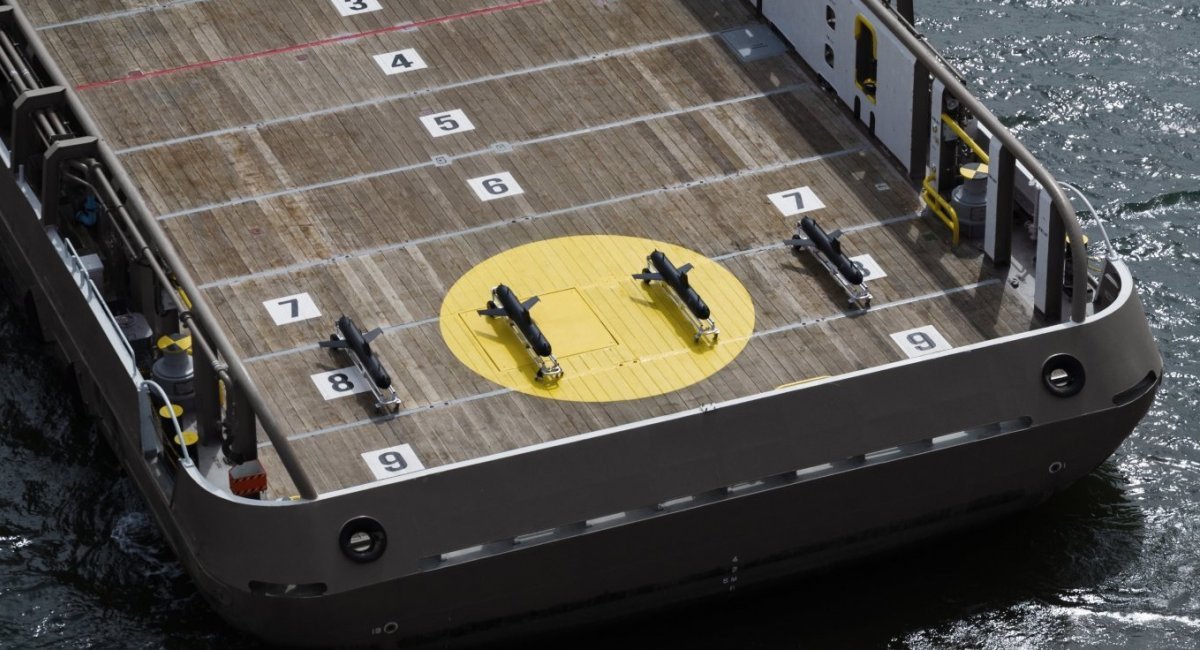German defense technology company Helsing has announced plans to construct a facility in the United Kingdom for the production of SG-1 Fantom underwater gliders. These unmanned underwater vehicles are intended to detect submarines, surface vessels, and other underwater activity.
To finance the facility, Helsing plans to secure an investment of £350 million (approximately $477 million USD), as part of the Trinity House agreement between Berlin and London. According to British officials, the plant is expected to open later this year in the city of Plymouth, Hartpunkt reports.
Read more: UK Backs Ukraine with £2.5 Billion Defense Financing for Thousands of Air Defense Missiles, Systems, and Recovery
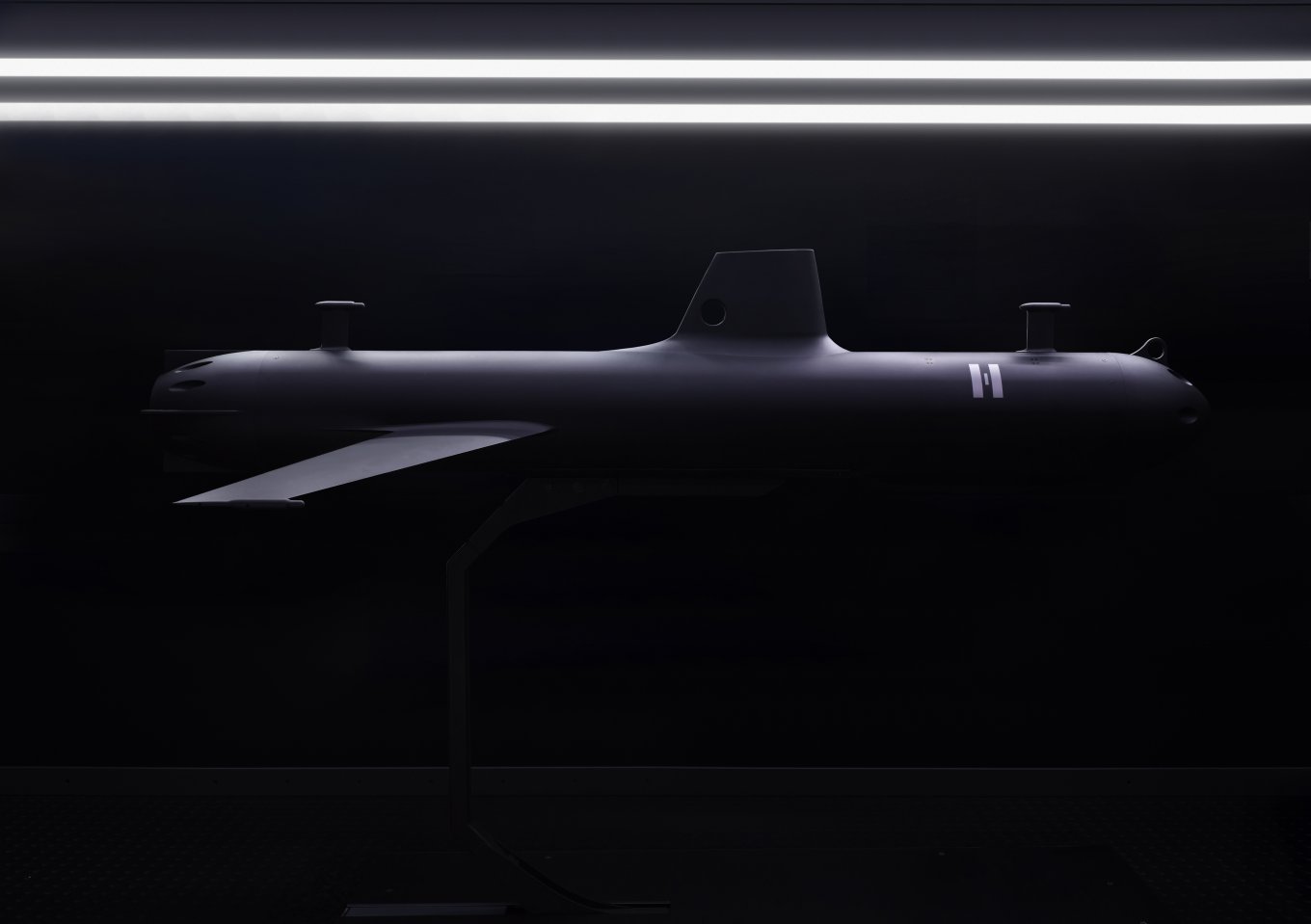
As noted by Defense Express, a key feature of the SG-1 Fantom is its low observability. Made of plastic and propelled by ocean currents rather than engines, the glider operates silently at speeds of 1–2 knots, making it exceptionally difficult to detect.
The SG-1 Fantom is compact, measuring just 28 centimeters in diameter and 195 centimeters in length, with a total weight of only 60 kilograms. Despite its small size, the glider is highly effective at detecting underwater targets.
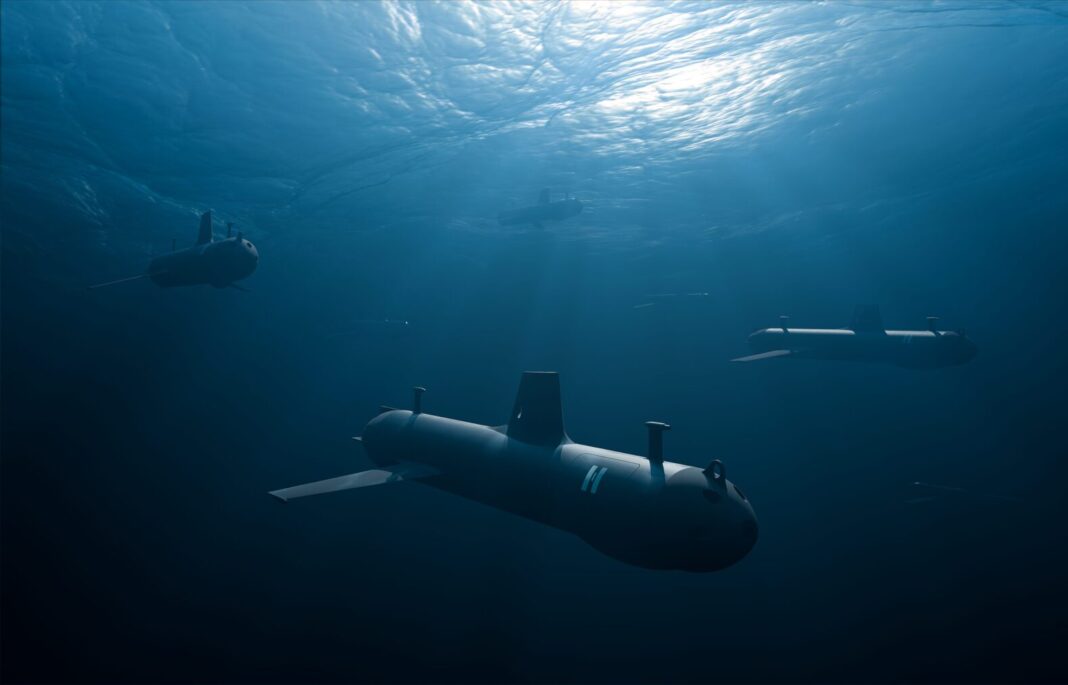
It is equipped with sonar and a suite of sensors that, when combined with the Lura artificial intelligence system, can detect acoustic signatures that are ten times quieter and classify targets up to forty times faster than even experienced sonar operators.
The SG-1 Fantom operates on a simple principle: after deployment, it drifts silently at a designated depth while continuously scanning the surrounding environment. Once a target is detected and identified, the glider surfaces and activates a SATCOM antenna to transmit the target’s coordinates and classification data to command headquarters.
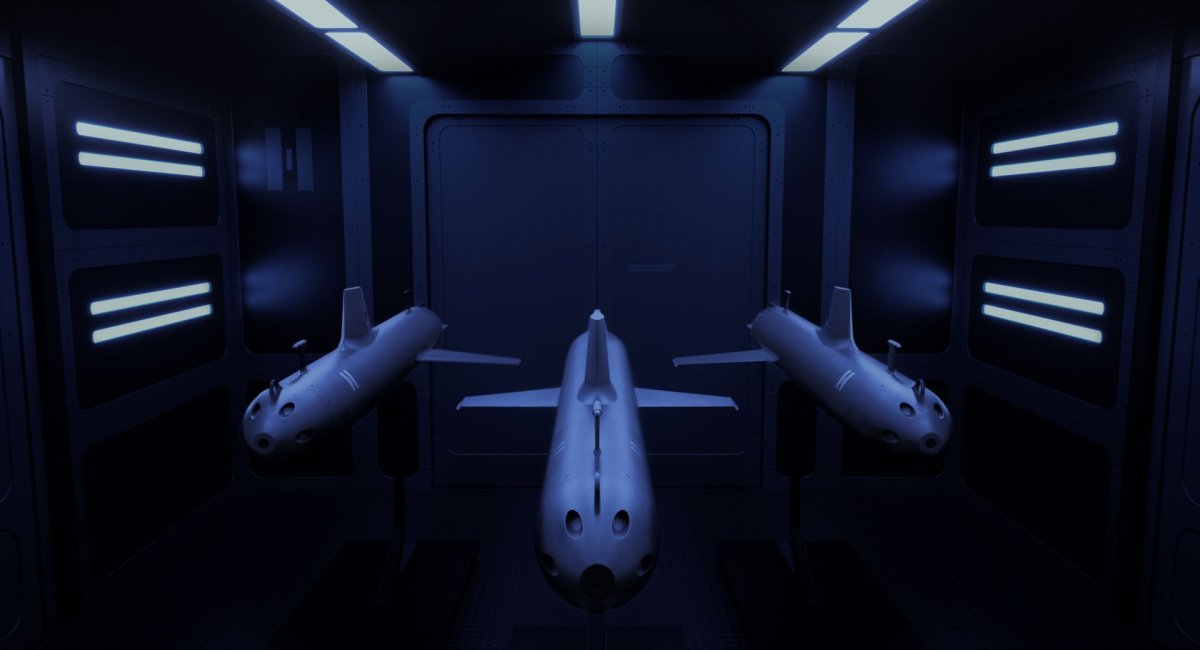
This drift-based surveillance can continue for up to three months. Afterward, the glider can be recovered, serviced, and redeployed —without the need for specialized recovery equipment. Launch and retrieval can be conducted from either a naval vessel or a commercial ship. In essence, the SG-1 Fantom functions as a high-performance, reusable sonar buoy.
Interestingly, the SG-1 Fantom was originally developed for marine biology purposes, such as whale tracking and environmental monitoring. However, with the integration of the Lura AI system, it has been transformed into an autonomous submarine detection platform.
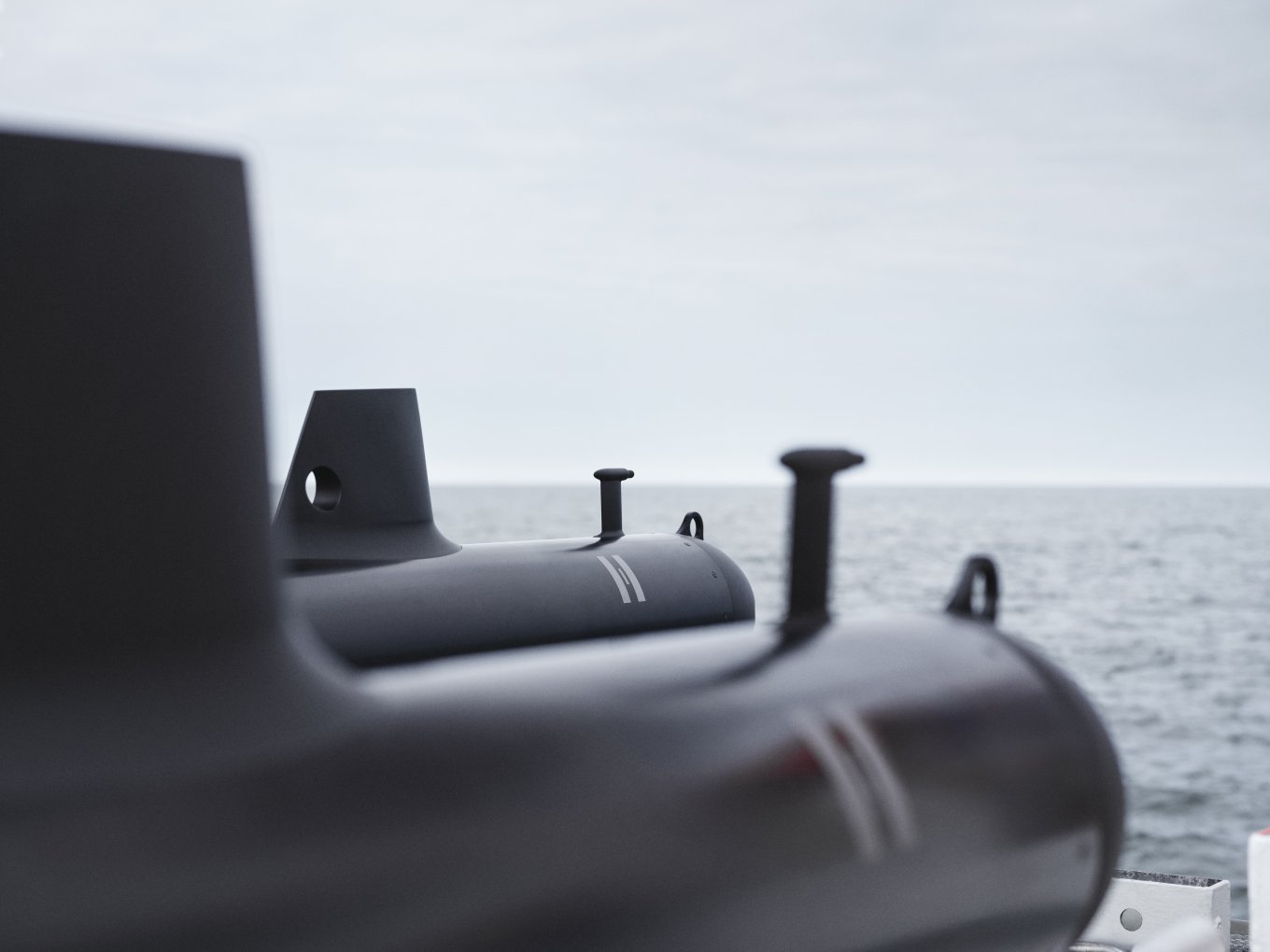
Thanks to its relatively low production cost, the SG-1 Fantom can be manufactured in large quantities, allowing for surveillance across vast maritime areas. This capability is especially relevant amid increasing naval threats from russia and china, as the need to protect undersea infrastructure becomes a strategic priority.
Read more: UK to Produce Ukrainian UAVs for the War Against russia




